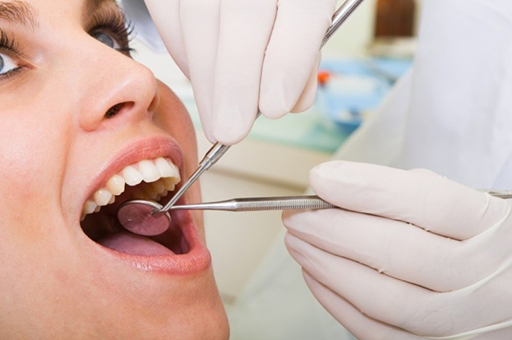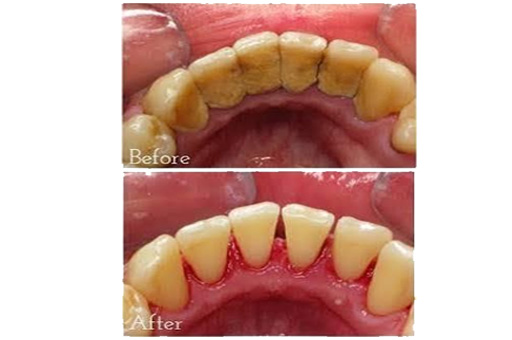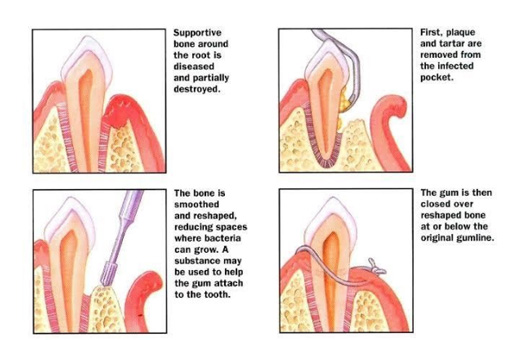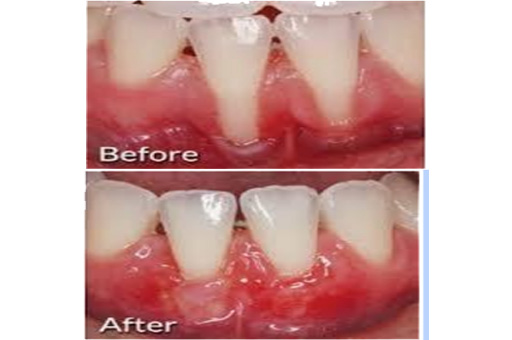The branch of dentistry that deals with gum diseases is called Periodontology. The bone, gums
and ligaments that hold a
tooth in its socket, together form the Periodontium of the tooth. The integrity of your
periodontium is a must for your
teeth to remain healthy. When this periodontium is diseased, the gums are inflamed, the bone
below is infected and
destroyed and the roots of your teeth start getting exposed. This is the beginning of complex
problems such as tooth
sensitivity, recession of gums, loosening of teeth, destruction of the bone that supports the
teeth and ultimately, the
teeth falling off.
The simplest way to avoid these problems is to maintain healthy oral hygiene habits such as
brushing twice daily,
rinsing your mouth after each meal and limiting your intake of sweet and acidic foods. When
these habits are
supplemented by a six monthly dental scaling and polishing procedure by your dentist, you will
ensure optimum health of
your gums and teeth. For those with advanced periodontal problems, other treatments mentioned
below will help.



